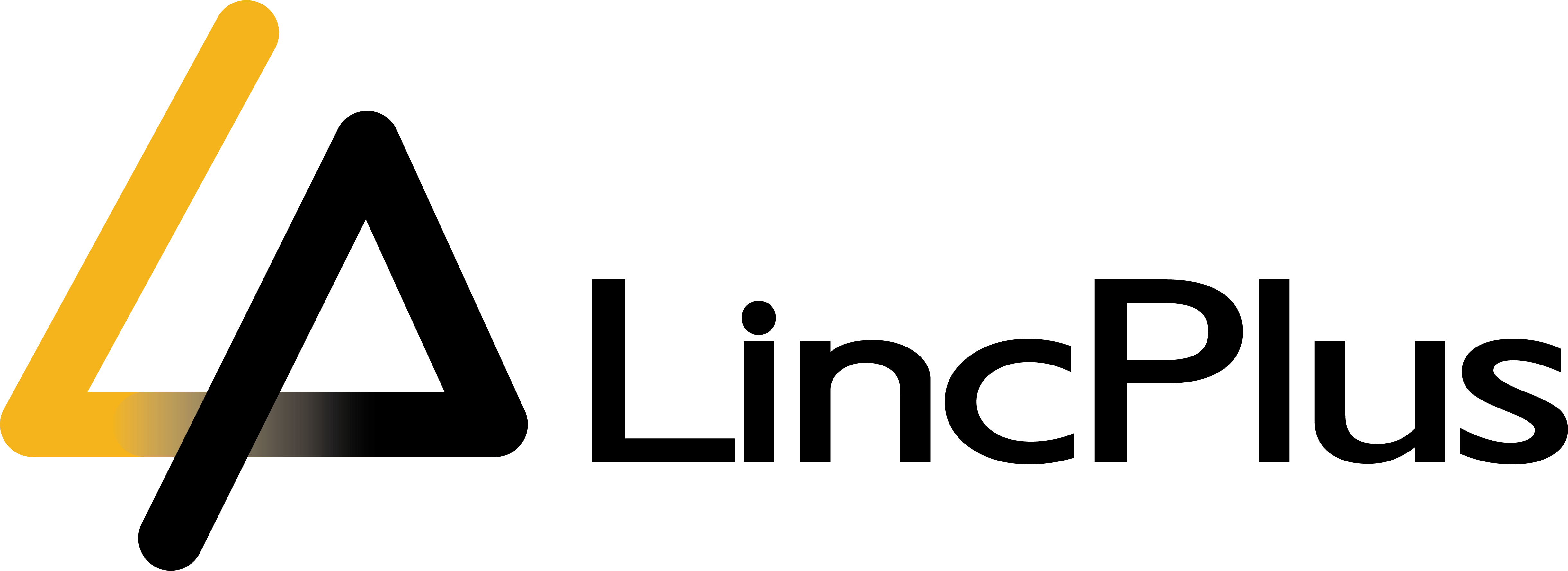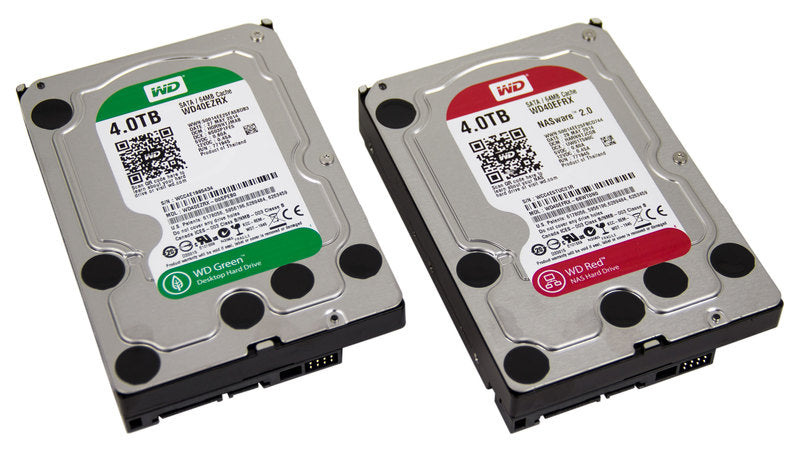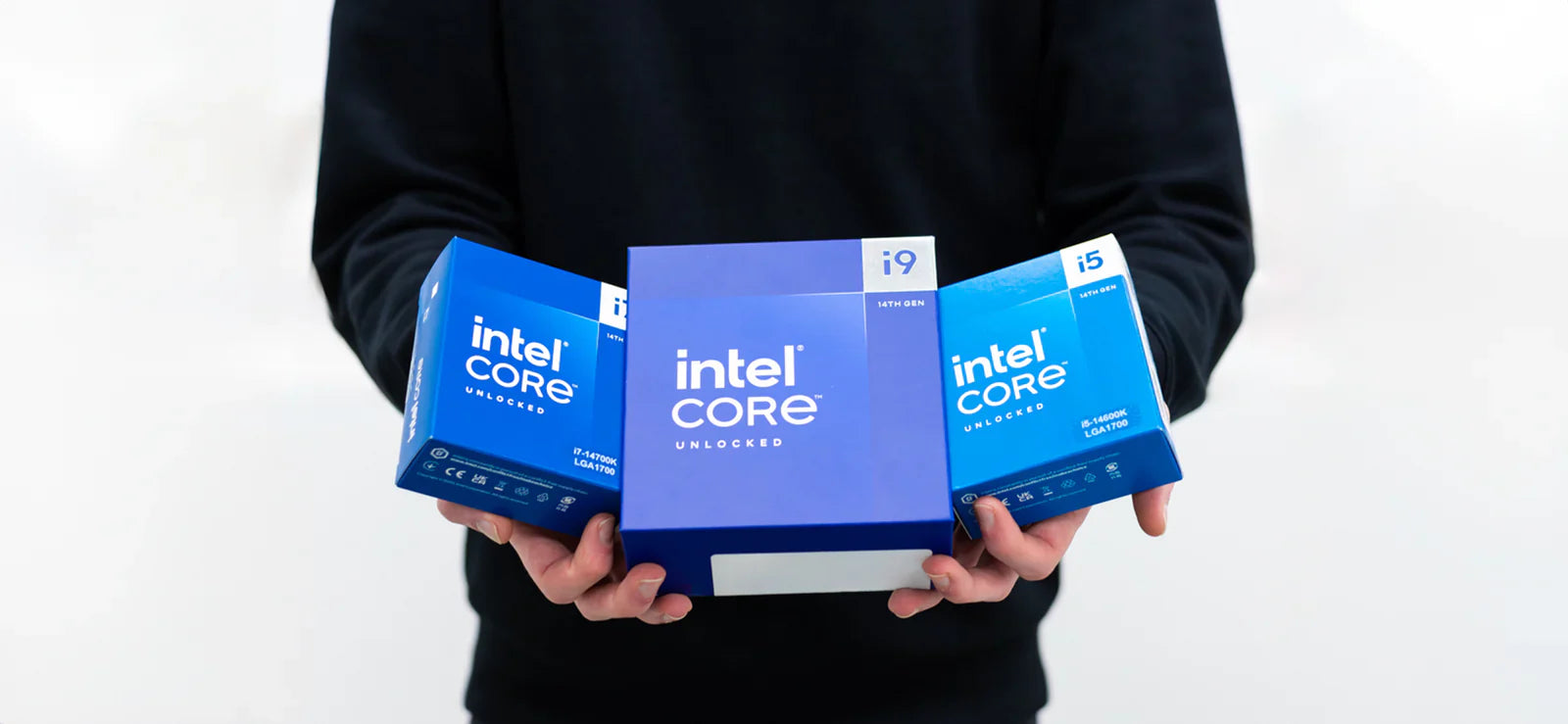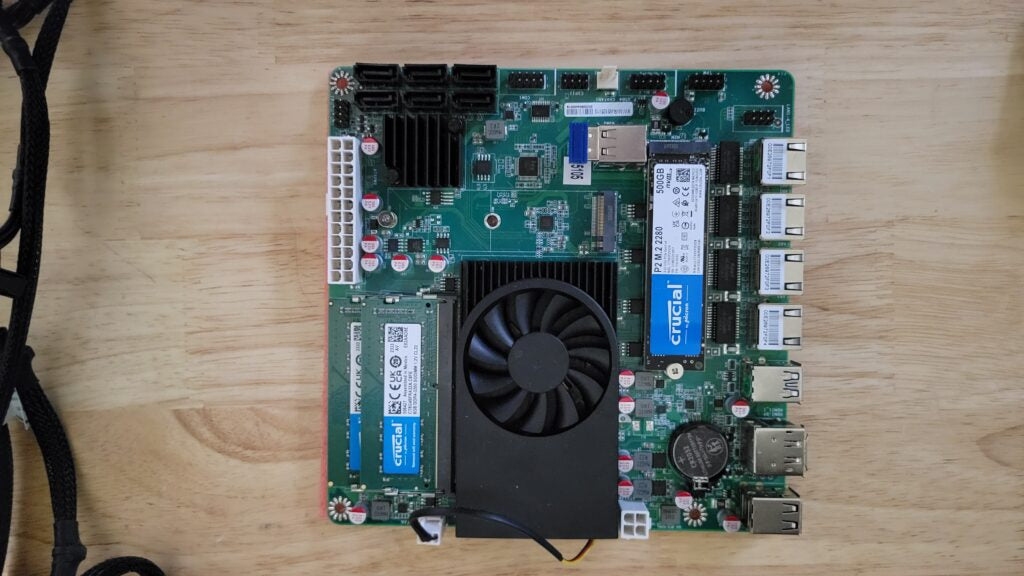Introduction: The Data Dilemma in 2025
Whether you’re a photographer juggling terabytes of RAW files, a videographer editing 4K/8K footage, or a remote worker dealing with crucial business documents, data storage has become an unavoidable challenge.
For years, external hard drives (HDDs) and portable SSDs were the go-to solution. They’re simple, affordable, and easy to use. But as storage needs evolve, more people are asking:
- “Is NAS better than external hard drives?”
- “Should I upgrade from external drives to a NAS?”
This guide will help you answer those questions. We’ll compare NAS vs external drives, explain why you should switch, and show how modern NAS systems—like the LincStation N2—offer flexibility, security, and future-proof solutions for data storage.
What Is an External Drive?
An external drive—whether HDD or SSD—is a portable storage device connected via USB, Thunderbolt, or similar interfaces.
✅ Pros:
- Plug-and-play simplicity
- Low upfront cost
- Portable
❌ Cons:
- Single point of failure (if it dies, your data’s gone)
- No network access—must be physically connected
- Poor scalability (buy a new drive when it fills up)
- No real data protection or automation
External drives are great for temporary backups, file transfers, or expanding a laptop’s storage. But for large data workflows or long-term storage? They fall short.
What Is a NAS?
NAS (Network Attached Storage) is a storage server connected to your home or office network. It allows multiple devices to access files simultaneously over Wi-Fi or Ethernet.
A NAS is not just “a hard drive on the network.” It’s a mini computer with storage, running its own operating system, apps, and services.
✅ Key Features:
- Centralized data storage
- Multi-device access
- Automated backups
- RAID protection (data redundancy)
- Remote access (your private cloud)
- Runs apps like Plex, Docker, Nextcloud, etc.
NAS vs External Drives: Detailed Comparison
| Feature | NAS | External Drive |
|---|---|---|
| Access Method | Network (Wi-Fi/Ethernet, Remote Access) | USB/Thunderbolt, Direct Connection |
| Data Sharing | Multi-device, simultaneous access | Single device at a time |
| Backup & Sync | Automated, scheduled, incremental | Manual copy or sync |
| Scalability | Expandable (add drives, upgrade easily) | Buy more drives separately |
| Data Protection | RAID redundancy, snapshots, encryption | None (single point of failure) |
| Remote Access | Via VPN, web portals, mobile apps | Not possible without extra services |
| Power Usage | 10W–50W (constant) | 0W when unplugged; powered only on use |
| Portability | Fixed location (networked) | Highly portable |
| Initial Cost | Higher ($300–$1000+) | Lower ($50–$300) |
| Long-Term Value | Excellent (scalable, durable) | Poor (limited life, easily lost/damaged) |
10 Reasons Why You Should Switch to NAS
1️⃣ Centralized Storage
No more juggling multiple drives. Store everything—photos, videos, documents—in one location accessible from all your devices.
2️⃣ Multi-Device Access
A NAS connects to your entire network. Your PC, Mac, phone, tablet, even smart TV can access files at the same time.
3️⃣ Private Cloud Access
Get the benefits of Google Drive, Dropbox, or iCloud—but hosted at home. Access files anywhere without third-party snooping.
4️⃣ Data Protection with RAID
If a drive in your NAS fails, your data is safe. RAID arrays provide redundancy that external drives simply don’t.
5️⃣ Automated Backups
Set and forget. Backup your devices automatically without manually plugging and copying.
6️⃣ Remote Collaboration
Send files, share galleries, or collaborate with clients globally—without uploading to public cloud services.
7️⃣ Run Applications
A NAS can host Plex for media streaming, Nextcloud for personal cloud, Docker containers, Git servers, and more.
8️⃣ Energy-Efficient Long-Term Storage
A modern NAS like LincStation N2 consumes as little as 10W–15W, running quietly 24/7 without breaking your power bill.
9️⃣ Scalability
Start small; grow later. Most NAS allow adding more drives, expanding storage pools, or upgrading to 10GbE networking.
🔟 Future-Proof Your Workflow
In 2025 and beyond, remote access, data ownership, and decentralized storage are critical. NAS future-proofs your digital life.
NAS vs External Drives for Creators: A Game Changer
If you’re a:
- Photographer managing 5TB of RAW files…
- Videographer working with 4K/8K footage…
- Freelancer handling sensitive client data…
Then external drives aren’t enough. NAS offers:
- ✔️ Faster access with 10GbE networking
- ✔️ Simultaneous editing from multiple devices
- ✔️ Automated backup while you work
- ✔️ Remote portfolio access for clients
How LincStation N2 Makes the Switch Easy
The biggest hurdle for many users is the complexity of building a NAS. That’s where LincStation N2 shines.
LincStation N2 Highlights:
CPU: Intel N100 (4-core, ultra-low power 6W)
Storage:
- 4× M.2 NVMe SSD slots (fast, silent)
- 2× SATA 2.5” for bulk storage
- Networking: 10GbE RJ45 built-in
- Memory: 16GB LPDDR5
- Remote Access: Built-in services, VPN support
- Power Consumption: 10–15W idle
LincStation N2 offers plug-and-play private cloud with enterprise-grade speed.
NAS vs External Drives: Who Should Switch?
| User Type | Recommendation |
|---|---|
| Home Users | NAS for photo storage, backups, media streaming |
| Photographers | NAS is a must for RAW files, Lightroom catalogs |
| Videographers | NAS with 10GbE handles 4K/8K workflows seamlessly |
| Remote Workers | Secure remote access with privacy |
| Small Businesses | Central file sharing, backups, private cloud |
Common Questions About NAS vs External Drives
� Is NAS better than an external hard drive?
→ Absolutely, if you value data redundancy, multi-device access, and remote access.
� Is a NAS worth it for photographers?
→ 100%. It solves the chaos of juggling multiple drives and adds backup protection.
� Does NAS replace cloud services?
→ Yes, for storage and backups. You own your data, with no monthly fees.
� Is NAS complicated to set up?
→ Not with systems like LincStation N2, designed for easy, user-friendly deployment.
The Future of Storage: Why NAS Is Taking Over
- Rising concerns over data privacy
- Frustration with subscription-based cloud storage
- Need for secure remote work solutions
- Massive growth in creative file sizes (RAW, 4K, 8K, VR)
→ All lead to one conclusion: Local, decentralized, secure storage like NAS is the future.
Conclusion: NAS vs External Drives — Make the Switch
External drives had their place. But in 2025, they simply can’t meet the needs of modern data workflows.
- A NAS—especially one like the LincStation N2—offers:
- Reliable, redundant storage
- Seamless multi-device and remote access
- 10GbE speeds with NVMe storage
- Full control of your data without third-party interference
Ditch the stack of external drives. Take control of your data. Switch to NAS.




Dejar un comentario
Todos los comentarios se revisan antes de su publicación.
Este sitio está protegido por hCaptcha y se aplican la Política de privacidad de hCaptcha y los Términos del servicio.